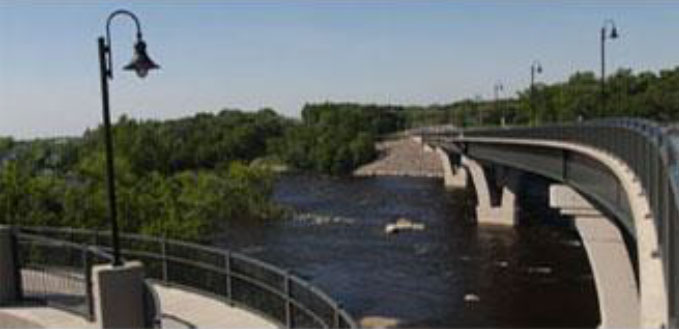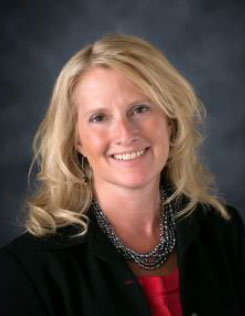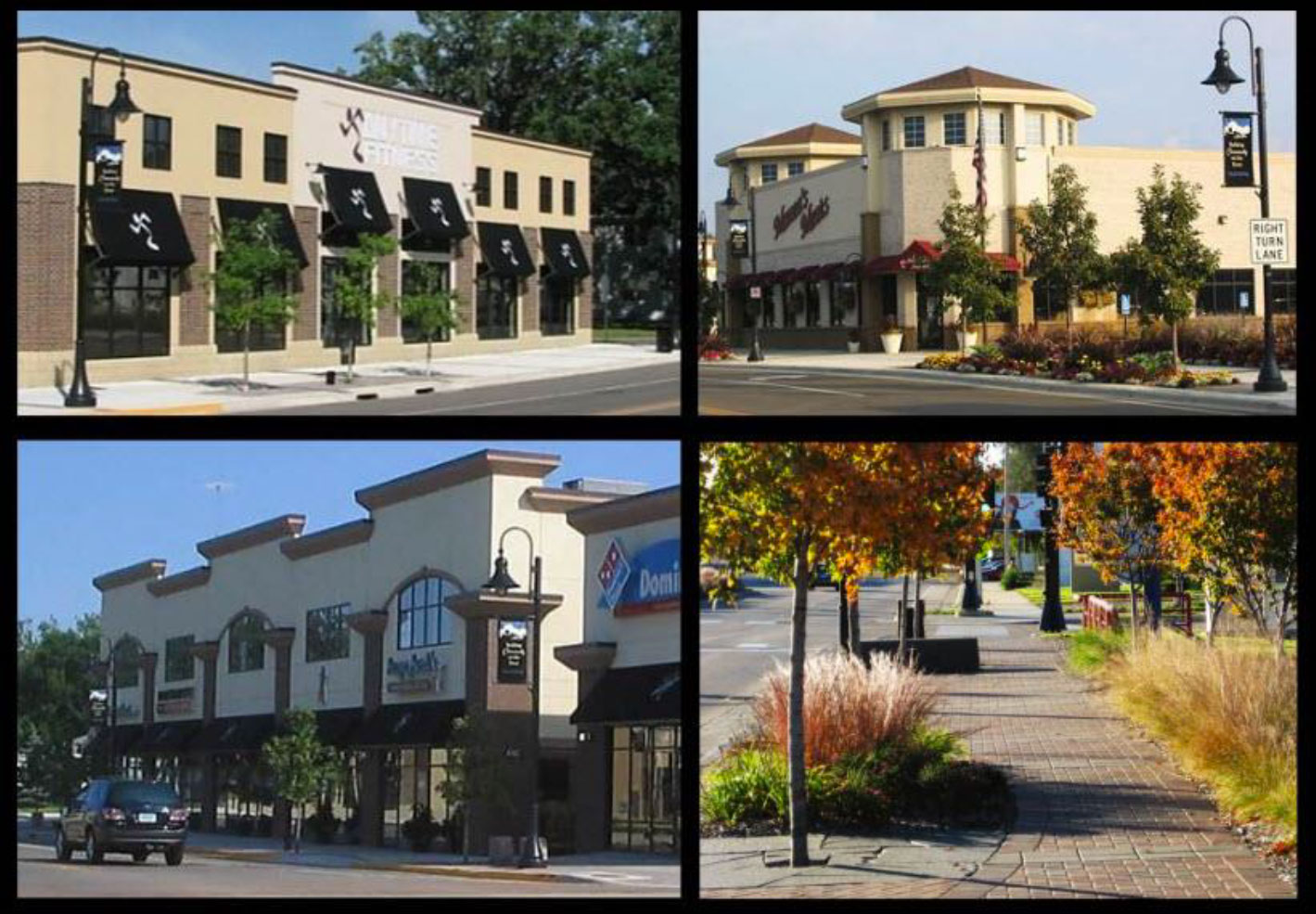Success Stories

Sauk Rapids Reinvents Its Downtown
 By Rebecca Kurtz, Senior Municipal Advisor
By Rebecca Kurtz, Senior Municipal Advisor
 Ten years ago, the City of Sauk Rapids, Minnesota (population 13,000) faced what seemed to be an insurmountable threat to its downtown. A planned reconstruction of the old Mississippi River bridge linking Sauk Rapids to St. Cloud was going to demolish a quarter of the downtown. It would have been like a shopping mall losing its anchor tenants and the remaining retailers in the downtown were estimated to lose as much as 30% of their business. “That was unacceptable,” said City Administrator Ross Olson, “so we turned the new bridge into an opportunity to redevelop the downtown and retain the displaced businesses.”
Ten years ago, the City of Sauk Rapids, Minnesota (population 13,000) faced what seemed to be an insurmountable threat to its downtown. A planned reconstruction of the old Mississippi River bridge linking Sauk Rapids to St. Cloud was going to demolish a quarter of the downtown. It would have been like a shopping mall losing its anchor tenants and the remaining retailers in the downtown were estimated to lose as much as 30% of their business. “That was unacceptable,” said City Administrator Ross Olson, “so we turned the new bridge into an opportunity to redevelop the downtown and retain the displaced businesses.”
Even without the impact of the bridge, Olson acknowledges that the downtown needed help. It contained pole barns and obsolete buildings. Nevertheless, it distinguished Sauk Rapids as a city with an historic downtown. Citizens were proud of their community and rallied around a downtown that needed to be reimagined and rediscovered.
The City undertook three years of community planning and concerted lobbying to turn the threat facing the downtown into an opportunity. As a result, all participating governments – city, county, state, and federal - adopted a Downtown Impact Mitigation Plan which provided state funded incentives for displaced businesses to relocate downtown. The relocation was guided by the community’s vision for downtown which placed retail uses close together, so all the stores will see increased traffic.
Sauk Rapids did not stop redevelopment efforts with the Downtown Impact Mitigation Plan. The City brought local resources to the table, through the use of TIF, to continue to attract and retain businesses downtown. “Getting the right kind of development depends on thoughtful design, strong partnerships with other levels of government, and creative financing,” said Todd Schultz, Community Development Director. “The original financing concepts came from attending Ehlers’ public finance seminars.”
The City worked with Ehlers to create a new Redevelopment TIF District in the downtown area, but ran into problems with the Five-Year Rule, which requires decertification of a TIF District if funds have not been obligated within five years. Because of the bridge construction and phased relocation, it was taking longer than five years to relocate the businesses. Undaunted, the City obtained special legislation that extended the Five-Year Rule for the district. Now TIF from the redevelopment district is being used for commercial development and housing downtown.
Downtown redevelopment included new streetscaping and expanded retail.
Sauk Rapids also used increment from a pre-1990 TIF District to create a quiet zone along the busiest rail line in the state, one that runs directly through Sauk Rapids. A quiet zone is created when local government puts gates and warning lights along the tracks to mitigate the need for the trains to blow their horns at each intersection. With 50 to 70 trains using the line every day, the quiet zone was essential to attracting and keeping people downtown.
Using the City’s older TIF District to support the downtown development is consistent with the Council’s philosophy. The Council wants to keep Sauk Rapids diverse and growing – a thriving community with good schools, a healthy commercial/industrial tax base, and living wage jobs.
Roseville, MN 55113
US




